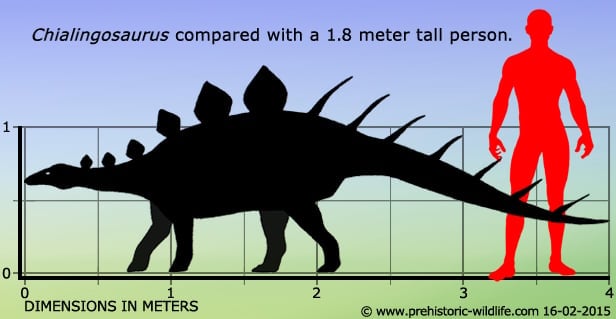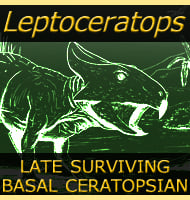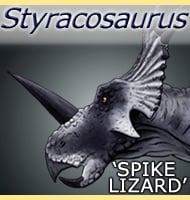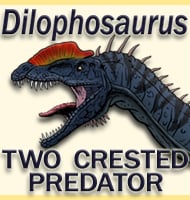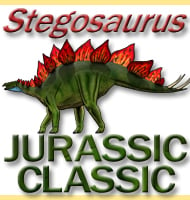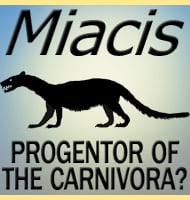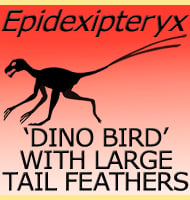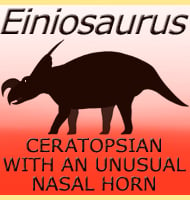In Depth
So far only known from a partial skeleton, Chialingosaurus was still one of the first and hence most important stegosaur discoveries to take place in Asia. At up to four meters long it seems to have been small but comparable in size to Chungkingosaurus that is also known from the Shaximiao Formation. However there is enough difference between the fossils of both genera to discount the idea that they may be synonymous, specifically when dealing with the shape and form of plates and bones. Another stegosaur that lived at the same time and location as Chialingosaurus is the much larger Tuojiangosaurus.
Chialingosaurus had an arrangement of spikes that ran down its tail that would have been used both as display so that it could identify others of its own genus from the similarly sized Chungkingosaurus as well as defence from predatory dinosaurs such as Sinraptor, Yangchuanosaurus and Leshansaurus. However given its small size it is uncertain how effective this defence would have been against such large predators, and perhaps it may have been intended for defence against smaller predatory dinosaurs.
Chialingosaurus shared its ecosystem with other ornithischian dinosaurs like Agilisaurus as well as the much larger sauropod dinosaurs like and Mamenchisaurus.
Further Reading
– On a new Stegosauria from Szechuan, China. – Vertebrata PalAsiatica 3(1): 1-8. – C.-C. Young – 1959. – A review of the Late Jurassic stegosaurs (Dinosauria, Stegosauria) from the People’s Republic of China. – Geological Magazine 143 (5): 621–634. – Susannah C.R. Maidment & Guangbiao Wei – 2006.
